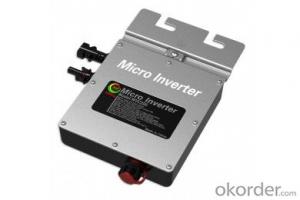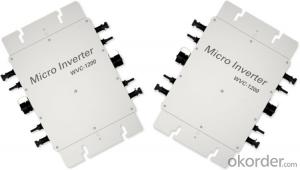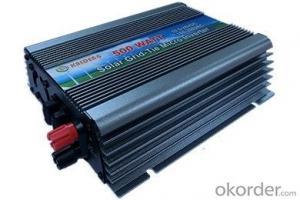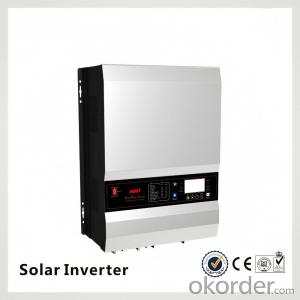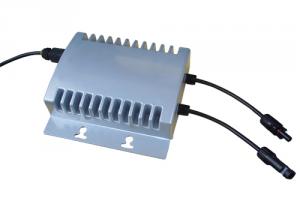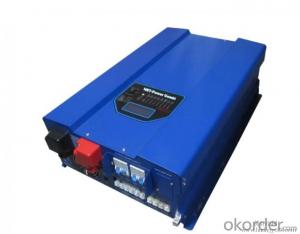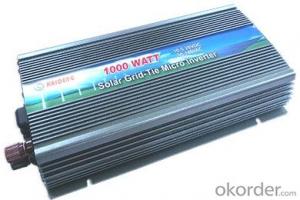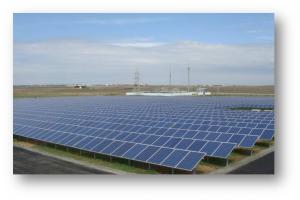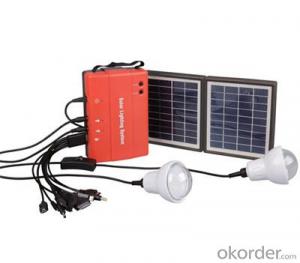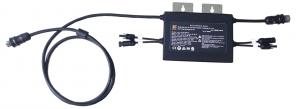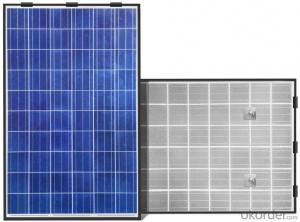Ti Solar Micro Inverter
Ti Solar Micro Inverter Related Searches
Ti Solar Inverter Micro Solar Inverter Micro Inverter Solar Solar Micro Inverter Solar Smart Micro Inverter Ta Solar Inverter Tesla Solar Micro Inverter Micro Inverter Solar Kit Mini Inverter Solar Solar Cell Micro Inverter Solar Mini Inverter Best Solar Micro Inverter Cheap Solar Micro Inverter Mini Solar Inverter Micro Inverter Solar System Microtek Solar Inverter Solar Grid Tie Micro Inverter Lg Solar Micro Inverter Micro Inverter For Solar Panel T Solar Inverter Solar Inverter Mini Micro Inverter Solar Panel Solar Micro Inverter System Solar Panel Micro Inverter Aps Solar Micro Inverter Micro Solar Inverter Price Mini Solar Inverter Kit Solar To Inverter Solar Enphase Micro Inverter Solar Micro Inverter PriceTi Solar Micro Inverter Supplier & Manufacturer from China
Ti Solar Micro Inverter is a product designed to enhance the efficiency and performance of solar energy systems. These micro inverters are engineered to convert the direct current (DC) generated by solar panels into alternating current (AC), which can be used by homes and businesses. By optimizing the power output of each individual solar panel, Ti Solar Micro Inverters help to maximize energy production, even when some panels are shaded or performing at a lower efficiency.The Ti Solar Micro Inverter is widely used in residential and commercial solar installations, providing a reliable and efficient solution for harnessing solar energy. These micro inverters are particularly beneficial in scenarios where shading or panel mismatch may affect the overall performance of a solar system. By connecting each solar panel to its own micro inverter, the system can continue to operate at peak efficiency, as the performance of one panel does not impact the others.
Okorder.com is a leading wholesale supplier of Ti Solar Micro Inverters, offering a vast inventory to meet the needs of various solar energy projects. With a commitment to providing high-quality products and exceptional customer service, Okorder.com ensures that customers have access to reliable and efficient solar micro inverters to power their renewable energy systems.
Hot Products




